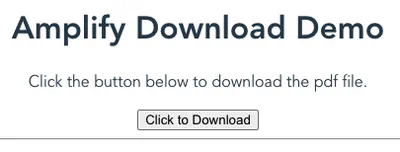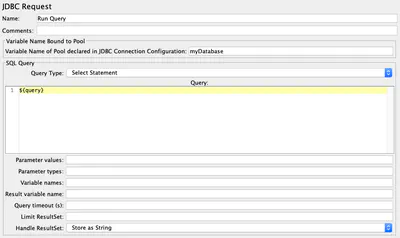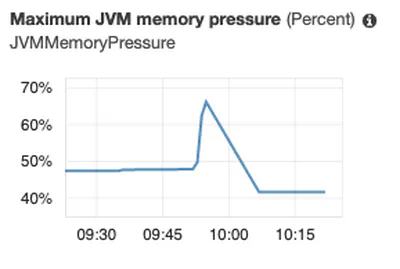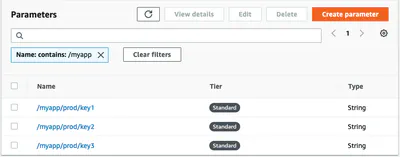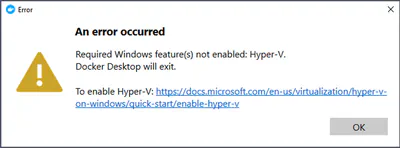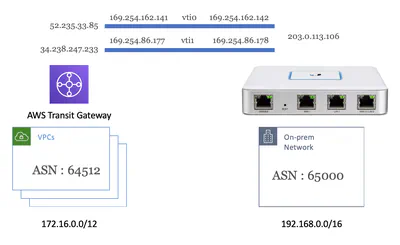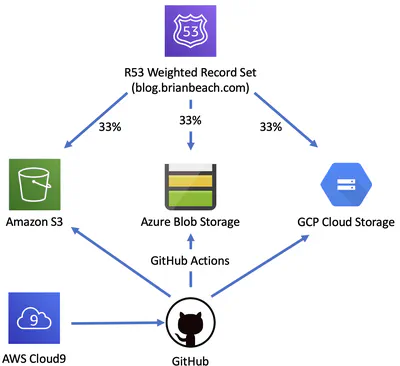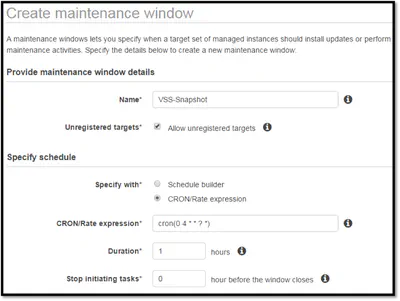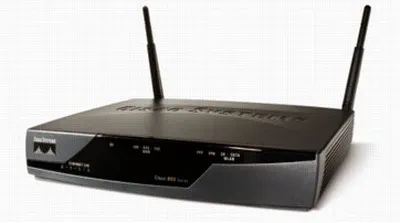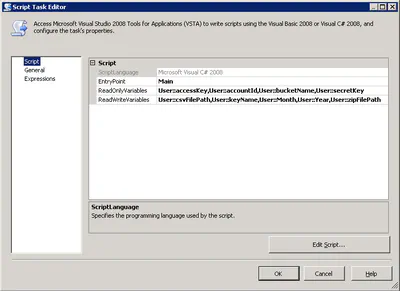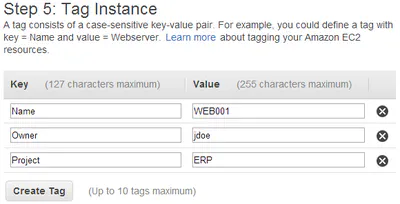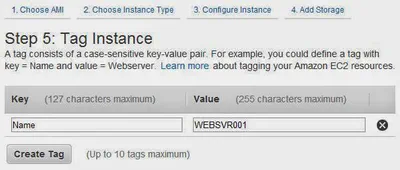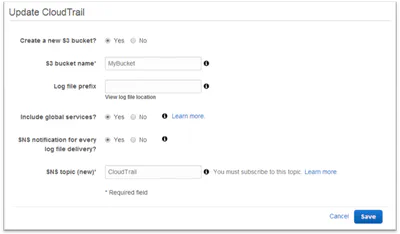Below you will find pages that utilize the taxonomy term “AWS”
Posts
2022-01-04
Building Raspberry Pi Docker Images in AWS CodeBuild
I have a few Raspberry Pis around the house doing various tasks and wanted to automate Docker image builds using AWS CodeBuild. I assumed I could build on the Graviton ARM instances and run on the Pi. …
Posts
2021-12-10
Running Redshift RSQL is a Fargate Container
RSQL is a command-line client for Redshift. Unlike the psql command-line, RSQL has control flow commands (IF, ELSE, GOTO, etc.) that are useful for ETL jobs. I want to run RSQL in a Fargate container …
Posts
2021-10-10
AWS Amplify Download Api
AWS Amplify is a framework to accelerate web and mobile application development. I needed to build an API that would return a binary object. Specifically, it allows me to download a PDF file. I could …
Posts
2021-10-04
AWS Serverless Demo Applications
I published a post this summer with a few simple demo applications I use when configuring AWS infrastructure. I needed something similar for a serverless application on AWS. In other words, a Lambda …
Posts
2021-09-25
Connecting to AWS IoT Core from Arduino
Every Halloween my kids and I build some kind of decoration to scare everyone. The past few years we have been evolving a pneumatic wolf head that pops up and scares you. Then, it takes a picture of …
Posts
2021-06-24
Connecting to RDS SQL Server from a .NET 5 Application on Linux
AWS Directory Services allows you to join AWS resources to Microsoft Active Directory. This includes Amazon Relational Database Service (RDS), Amazon FSx, Amazon Workspaces, Amazon Appstream 2.0, …
Posts
2021-06-03
Replay Recorded Requests with JMeter
I need to run a load test against Redshift. However, rather than repeatedly running a few sample queries, I want to replay all queries from the audit log over a period of time. I had never tried to do …
Posts
2021-04-26
Multi-Tenant Elasticsearch
I have been working on multi-tenant OpenSearch (a.k.a. Open Distro for ElasticSearch) project. This article (https://www.elastic.co/blog/found-multi-tenancy) (from 2015) outlines a few isolation …
Posts
2021-04-24
Lambda Cold Start for ASP.NET (Part 3)
In this final post I’ll list a few additional optimizations for reducing the first invocation times. See part one and two for more details.
Burst CPU According to this video Lambda functions get …
Posts
2021-02-06
GitHub Actions for AWS, Azure and GCP
I’m abandoning the multi-cloud blog hosting model that I was using in favor of AWS Amplify to simplify TLS configuration. But I thought I should document the old approach a little further in …
Posts
2021-02-06
Lambda Cold Start for ASP.NET (Part 2)
In part one, I looked at what happens the first time an ASP.NET application is invoked in Lambda. When we left off, we had a roughly 3 second initial response time. In this post I’ll focus on …
Posts
2021-02-05
Lambda Cold Start for ASP.NET (Part 1)
The ability to host an ASP.NET project in AWS Lambda is a great way to get started with serverless. However, cold starts can result in a slow first invocation of the ASP.NET function. In this post …
Posts
2020-12-21
Building Linux Docker Containers on EC2 Windows
In the post, I will show you how to build a Linux container in Visual Studio running on a EC2 Windows Instance.
The AWS Toolkit for Visual Studio allows you to deploy your project to Elastic Container …
Posts
2020-09-06
AWS VPN on UniFi Security Gateway
I recently upgraded my home network from the Ubiquiti EdgeRouter to the UniFi Security Gateway (USG). Similar to the EdgeRouter, the USG supports most common configuration tasks from the web UI, but …
Posts
2020-01-08
Cloud Storage and Trailing Slashes
Cloud Storage and Trailing Slashes Shortly after configuring this site to be served simultaneously from AWS, Azure and GCP, I realize I had a bug. Occasionaly the images were not loading. Ironically …
Posts
2019-12-30
Multi-Cloud Blogging
I spent some time over Thanksgiving moving my blog from Blogger to Hugo. I have been hosting my site in an Amazon S3 bucket with an automated build in AWS CodeBuild. That has been running well for the …
Posts
2019-11-29
Running Hugo Server in AWS Cloud9 Preview
I have been moving my blog to Hugo over the holiday weekend. I am working in a Cloud9 instance. Cloud9 allows you to preview an application running in the Cloud9 instance by proxying the connection …
Posts
2019-07-23
DNS Resolution for Private EKS Cluster
I have been working on a project to deploy Elastic Kubernetes Service (EKS) at an Academic Medical Center. They want to deploy a private cluster that does not have internet acess. EKS supports this, …
Posts
2018-04-04
Writing unit tests for Chalice
Chalice is a Python serverless microframework for AWS that enables you to quickly create and deploy applications that use Amazon API Gateway and AWS Lambda. In this blog post, I discuss how to create …
Posts
2017-03-17
EBS Snapshots with Microsoft VSS and EC2 Systems Manager.
Early in my career, I learned an important lesson: backup is easy, but restore is hard. Too often we take our backup and recovery for granted. We assume that if the backup completed successful, the …
Posts
2016-10-08
CloudWatch Logs Trace Listener
I added a new Cloud Watch Logs Trace Listener to the .Net API for AWS. The API team plans to add support for Log4Net, but in the meantime I have been using this. …
Posts
2015-04-15
Configuring an AWS Customer Gateway Behind a NAT
I have been wanting to configure a VPN Connection from AWS to my house, but my cheap Netgear router does not support IPSec. So, I picked up an old Cisco 871 router that does. I didn’t want to …
Posts
2014-12-14
Configuring a Linux Swap Device with Cloud-Init
Cloud-Init is a set of Python scripts used to configure Linux instances when they boot in AWS. Cloud-Init is included on Ubuntu and Amazon Linux AMIs.
You can think of a Cloud Init script as a …
Posts
2014-09-30
CloudWatch Logs Push
In my last post I used the awslogs daemon to push tcpdump events to AWS CloudWatch logs. At the time it felt silly to use a file on disk and a daemon to push events from an interactive session. …
Posts
2014-09-26
CloudWatch Logs and TCPDump
I was recently debugging an issue with a fleet of Apache web servers. I needed to watch for some low level network events we felt might be causing an issue (TCP resets, etc.). I thought …
Posts
2014-08-10
Decoding Your AWS Bill (Part 3) Loading a Data Warehouse
In the last two posts (part 1, part 2) in this series we used PowerShell to gleam information from our monthly AWS billing report. While you can use those scripts to learn a great amount of …
Posts
2014-08-09
Decoding Your AWS Bill (Part 2) Chargeback with Tags
It took 6 months but I finally got time to continue the series on Decoding Your AWS bill. In the last post, we used PowerShell to download and query the monthly bill. In this post we use …
Posts
2014-07-16
Bulk Importing EC2 Instances
I have been testing a a preview of a new PowerShell command, Import-EC2Instance, that will be added to the AWS PowerShell API next week. The new command allows you to import a VM from VMware or …
Posts
2014-06-20
Writing to the EC2 Console
I have been building a bunch of Windows AMIs for EC2 recently. If the instance fails to build it can be a real bear to diagnose issues. You don't have access to the console to watch what's happening. …
Posts
2014-05-30
Setting the Hostname in a SysPreped AMI
When you create an Windows AMI (Amazon Machine Image) it is configured to generate a random server name. Often this name does not meet your needs. Maybe your company has a specific naming convention …
Posts
2014-01-25
Decoding Your AWS Bill (Part 1)
As you begin to adopt AWS you will likely be asked to report on both usage and cost. One way to do this is using the Monthly Billing report. In this post I will show you how to download your bill and …
Posts
2014-01-20
Fun with AWS CloudTrail and SQS
CloudTrail is new service that logs all AWS API calls to an S3 bucket. While the obvious use case is creating an audit trail for security compliance, there are many other purposes. For example, we …
